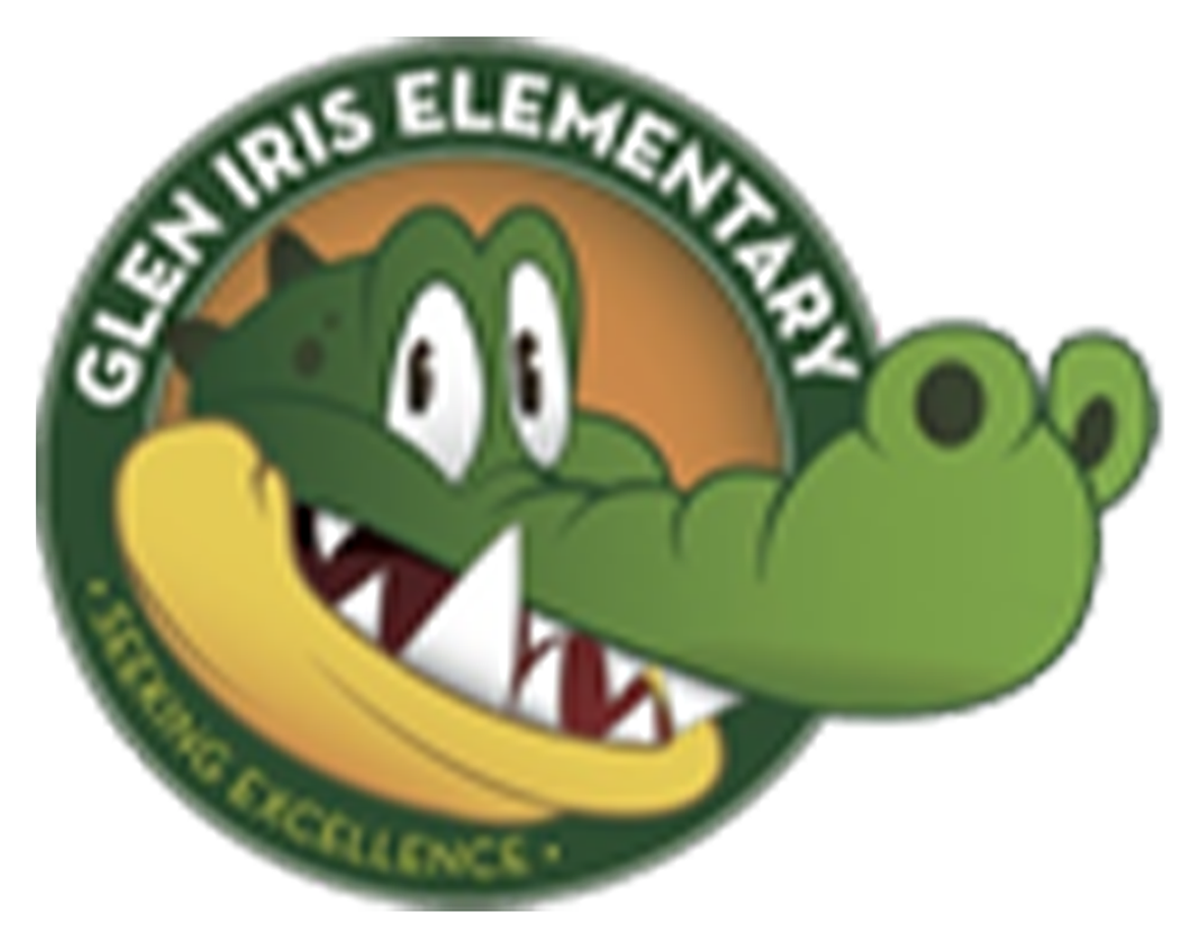Digital Citizenship
In order to prepare our students to be global citizens, it is important that they understand how to properly use technology. Digital citizenship is the norms of appropriate, responsible technology use. Too often we are seeing students as well as adults misusing and abusing technology but not sure what to do. The issue is more than what the users do not know but what is considered appropriate technology usage (www.digitalcitizenship.com).
I will be using the Common Sense Media Curriculum as a framework to empower students to think critically, behave safely, and participate responsibly in our digital world.
Sample Overview Of The Elementary And Middle School Scope And Sequence
Kindergarten – Safety & Privacy – Going Places Safely
Students learn that they can go to exciting places online, but that they need to follow certain rules to remain safe
1st Grade – Appropriate Online Behavior – About Email
Students explore how they can use email to communicate with real people within their schools, families, and communities
2nd Grade – Cyberbullying – Show Respect Online
Students explore what cyberbullying means and what they can do when they encounter it. Students learn about in-person and online communications, and how to write good emails.
3rd Grade – Safety & Privacy – Talking Safely Online
Students learn that the Internet is a great place to develop rewarding relationships. But they also learn not to reveal private information to a person they know only online.
4th Grade – Cyberbullying – The Power of Words
Students consider that they may get online messages from other kids that can make them feel angry, hurt, sad, or fearful. They explore ways to handle cyberbullying if it happens.
5th Grade – Appropriate Online Behavior – Digital Citizenship Pledge
Students work together to outline common expectations in order to build a strong digital citizenship community. Each member of the class signs a We the Digital Citizens Pledge.
